4 Winter Wilderness Adventures in Central & Eastern Canada
A world away from crowded resorts like Whistler, the eastern provinces of Ontario, Saskatchewan, Quebec, and New Brunswick offer winter adventures galore. Nomad Diane shares her top places to ice skate, snowshoe, cross-country ski, and ice fish.
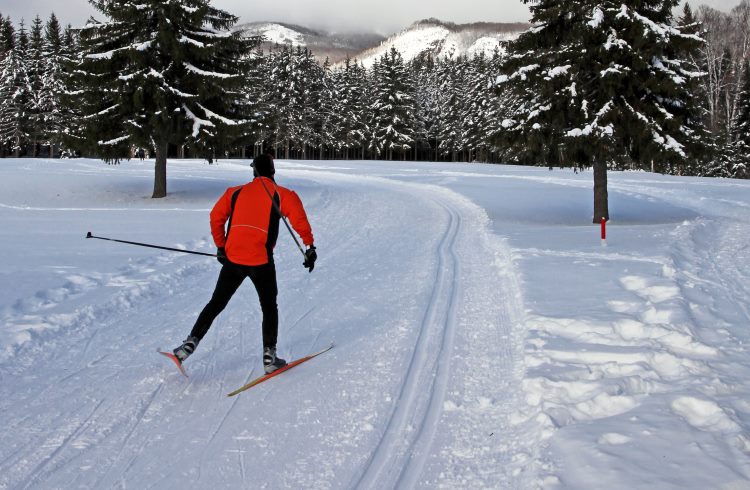 Photo © GettyImages / Nino H. Photography
Photo © GettyImages / Nino H. Photography
The first snow of the season is a glorious thing. Big flakes drift down from the sky, covering the land in a fluffy white blanket that muffles sound and brightens the night. Where I come from – Vancouver, BC, a place with such mild winters I’ve always cheekily referred to it as “fake Canada” – this first snow is always fleeting (as is the second and, if we get it, the third). While the rest of the country bundles up, preparing for three months of backyard skating or snowshoeing through the woods, we’re already counting down the weeks until our crocuses pop up.
The first time I experienced winter in the east, it was a (chilly) revelation. While our west-coast mountains and ski resorts are famous for snow sports, the steep slopes (which can come with steep prices) are often busy and crowded. They’re gorgeous and glittering, but it took heading back east to experience the kind of old-fashioned winter I’ve always dreamed of – one where snow is reliably outside the door, lakes freeze over for skating or fishing, and dark, clear nights might offer the promise of northern lights.
It was in the east I discovered a quieter, more reflective winter – one where a day in the snow is often followed by an evening in front of the fire; where everyone you meet has cold, chapped cheeks and conversations revolve around snow texture and wind-chill factors.
Read on for some of my favorite low-key winter adventures as well as a few tips for coping with the cold.
- Snowshoeing along the ancient bison paths at Wanuskewin Heritage Park, Saskatchewan
- Ice skating on a forest trail in Fredericton, New Brunswick
- Ski through the boreal forest in Quebec's Mont-Orford National Park
- Fish the canoe routes of the Anishnabek people of Manitoulin Island, in northeastern Ontario
Snowshoeing along the ancient bison paths at Wanuskewin Heritage Park, Saskatchewan
The first time I tried walking in old-school snowshoes (the kind that look like oversized wooden tennis rackets) I tripped and fell into a snowbank. I was pretty sure the sport wasn’t for me.
The shoes I tried hadn’t changed much in the thousands of years since Indigenous people expertly traversed the landscape using a version made from rawhide and bent branches. Happily for me, the modern shoes available for loan at Wanuskewin (a park outside Saskatoon that traces the historic buffalo hunt and Plains People) are much smaller and easier to use than the ones I first tried. Strapped on over cozy snow boots, these snowshoes offer novices easy entry into winter landscapes of deep, untouched snow.
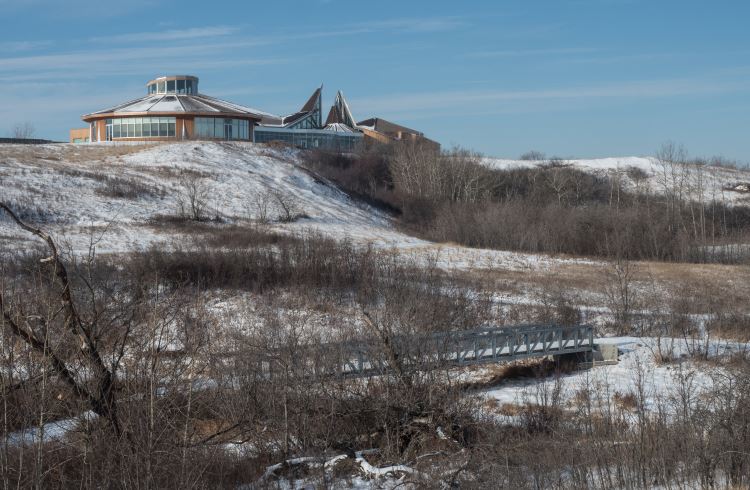
You can snowshoe almost anywhere there’s more than six inches (15cm) of snow, but a recent experience on Wanuskewin’s 4.3mi (7km) of trails left me enchanted. The chilling winter wind was whipping across the grassland, but temperatures down in the valley were mild enough to spend a couple of hours exploring the buffalo jumps, tipi rings, and beaver dams on trails winding along the frozen Opimihaw Creek. Up at prairie level we spotted deer and the park’s new herd of bison.
Snowshoeing can work up a sweat, so dress in layers and bring water.
Ice skating on a forest trail in Fredericton, New Brunswick
Skating outside is one of the most purely Canadian activities there is. Just about anywhere that gets cold enough (Jan-March is the typical season) will have some sort of outdoor rink with skate loans or rentals. I’ve a long held a fantasy about gliding for miles along Canada’s most famous ice trail; the 4.8mi (7.8km) Rideau Canal in Ontario. But shorter, less-known skating trails have taken the activity to a new level.
Taking a variety of forms, including paths cleared on lakes and winding forests trails that are flooded to create slick surfaces, the skateways are usually a few yards wide and many are lit for night skating. One of the newest is the forest trail at Mactaquac Provincial Park, 25 minutes outside of Fredericton, New Brunswick. Two loops, winding 700 yards (635m) through the woods, are free of charge, as are the skate loans.
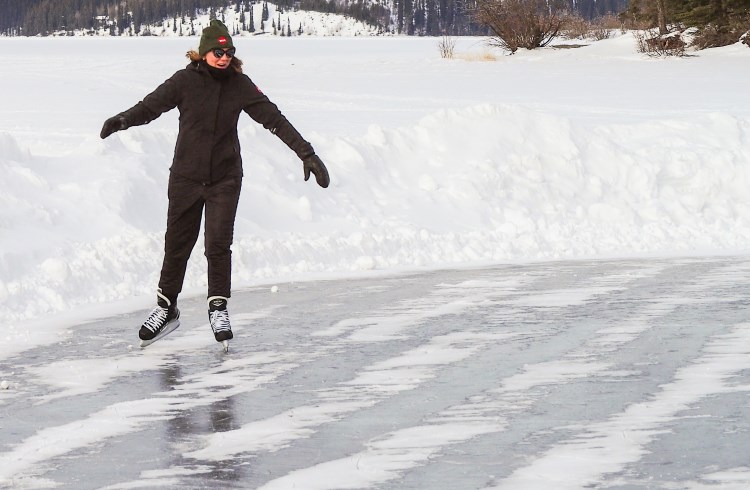
You can also find a trail in the Lake Superior National Marine Conservation Area in Ontario. Once the freeze sets in, the intermediate-level Lake Superior Ice Trail will wind 765 yards (700m) along the shore. In Quebec (but just 45 min from Ottawa), the easy trail at Lac-des-Loups runs 1.8mi (3km) through a snow-covered forest that keeps you sheltered from icy chill.
While trail skating is an active sport that keeps you warm, until you get the hang of it choose a route with warming stations where you can stop for hot chocolate and a visit with locals. Make sure you have a good toque (Canadian for winter hat) and warm socks.
Ski through the boreal forest in Quebec's Mont-Orford National Park
Nordic, or cross-country, skiing is something downhill or non-skiers assume is hard a physical slog that’s tough to learn. In truth, once you learn the basics it’s a delightful way to explore a winter landscape. Cheaper than downhill skiing and easier on your body (it’s popular with everyone from athletes in training to seniors) it doesn’t require specialized ski clothing (fleece tights and layers are typical) or a stay at a fancy resort.
My favorite places to ski offer forested, rolling terrain with cold enough temperatures that the snow doesn’t melt and get icy. Mont-Orford, which has 31mi (50km) of classic and 16mi (26km) of skate ski trails, fits the criteria so perfectly that competitive ski teams train here. Located 1.5 hours east of Montreal, Mont-Orford is typical of cross-country ski areas found across Canada and offers rentals, lessons, modest lodging, and dining.
Fish the canoe routes of the Anishnabek people of Manitoulin Island, in northeastern Ontario
Ice fishing with Wasse-Giizhik Tours combines two of my favorite things: Indigenous tourism and fishing. Indigenous tourism is the fastest-growing sector of tourism in Canada. Companies like Wasse give visitors a chance to see the land through a new perspective – or in this case, the chance to see the waters around Manitoulin Island through the eyes of the people who have been there since time immemorial.
While I have to admit I never thought I’d love ice-fishing, the absurdity of it got me hooked. Who imagined people actually sit in heated tents bobbing a line up and down in a hole cut in the ice? For me, the first surprise was how beautiful fishing in the winter is. Set on a frozen lake in the middle of a frozen landscape, just reaching a fishing spot requires a trip through a winter wonderland.
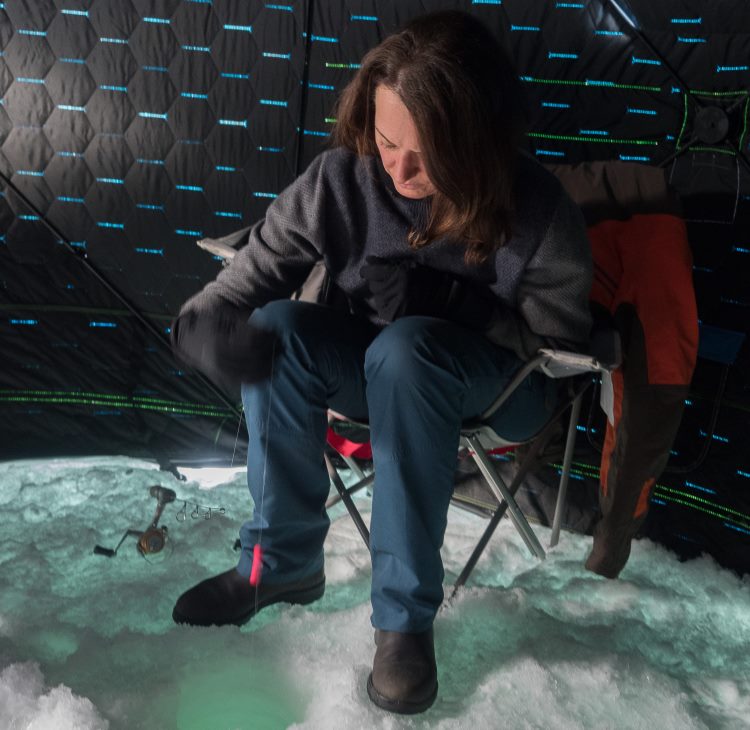
Then there’s the fishing. The clear water takes on luminous quality through the ice and once you’re inside a darkened hut it’s easy to spot the trout as they swim by and (hopefully) take your bait. A heater keeps the space warm and tall tales about the ones that got away make the hours speed by.
Related articles
Simple and flexible travel insurance
You can buy at home or while traveling, and claim online from anywhere in the world. With 150+ adventure activities covered and 24/7 emergency assistance.
Get a quote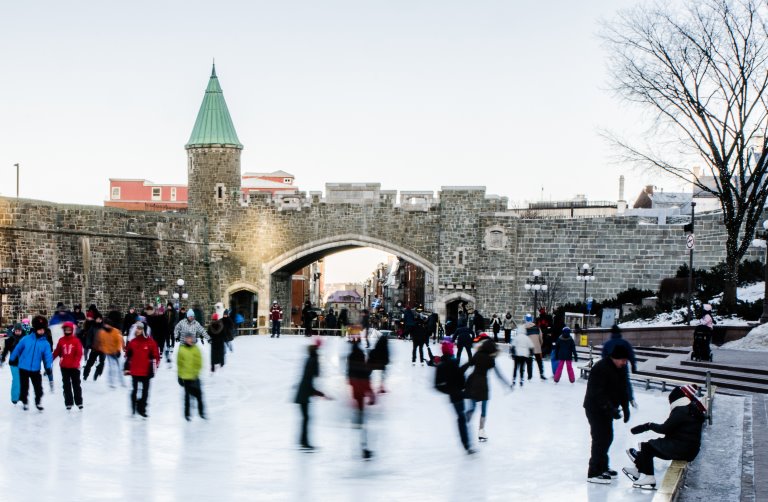
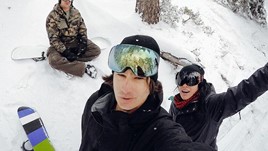
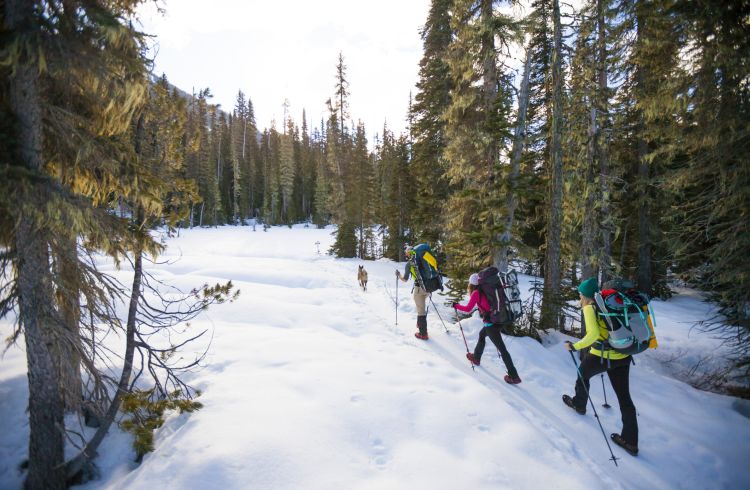
No Comments